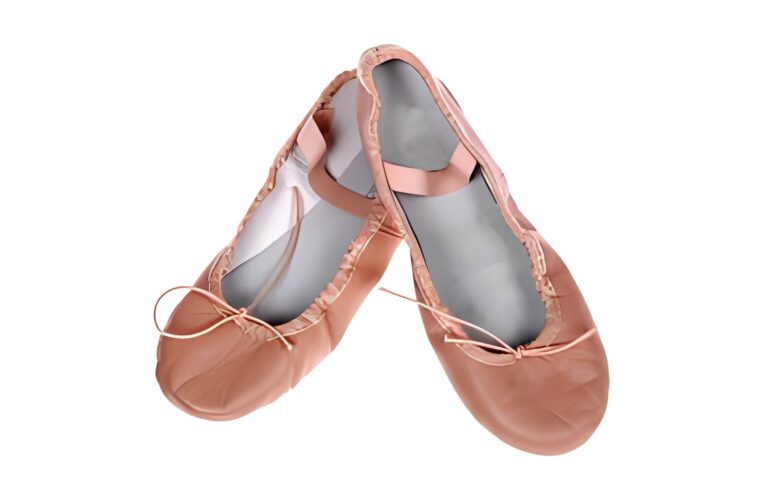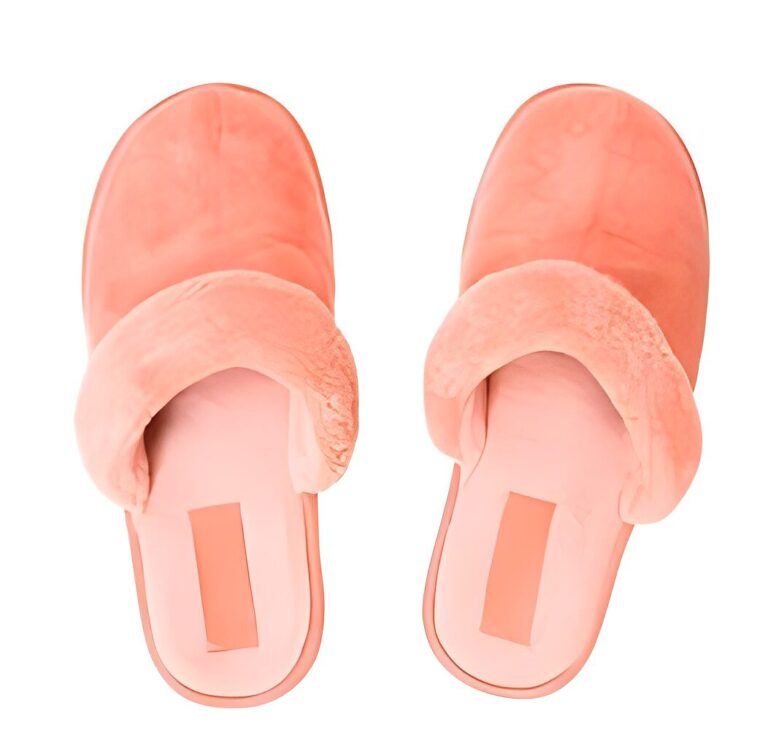How Long After Hip Replacement Can I Tie My Shoes?
Hip replacement surgery is a common procedure aimed at relieving pain and improving mobility for individuals suffering from severe hip arthritis or other hip conditions. While the surgery itself marks a significant milestone in the journey towards better joint health, the recovery process is equally important. One common question that arises during hip replacement recovery is, “How long after hip replacement can I tie my shoes?” Let’s delve into the details to understand the timeline and considerations for safely tying shoes post-surgery.
Understanding Hip Replacement Recovery
Recovery from hip replacement surgery typically involves several stages, each with its own set of challenges and milestones. Factors such as age, overall health, pre-existing conditions, and the extent of surgery can influence the speed and success of recovery. It’s essential to follow the guidance of healthcare professionals and adhere to prescribed rehabilitation protocols to optimize outcomes.
Immediate Post-Surgery Period
Immediately following hip replacement surgery, patients are often instructed to adhere to certain restrictions and precautions to promote healing and prevent complications. These may include avoiding excessive bending, twisting, or weight-bearing on the affected hip. During this period, patients may require assistance with daily activities such as dressing, bathing, and mobility.
Progressing Through Recovery
As the initial post-surgery period passes, patients gradually progress through various stages of recovery. Physical therapy plays a crucial role in restoring strength, flexibility, and mobility to the hip joint. Under the guidance of a physical therapist, patients engage in exercises aimed at improving range of motion, muscle strength, and balance.
Returning to Daily Activities
One of the primary goals of hip replacement recovery is to enable patients to return to their usual daily activities, including tasks that may have been challenging before surgery. While the timeline for resuming specific activities varies from person to person, healthcare providers typically provide guidelines for safely engaging in activities such as walking, climbing stairs, and bending.
Tying Shoes After Hip Replacement
Tying shoes can be a challenging task for individuals recovering from hip replacement surgery, as it requires bending and reaching down to the feet. In the initial stages of recovery, it’s essential to approach this task with caution to avoid putting undue stress on the newly replaced hip joint.
Timeline for Tying Shoes
The timeline for tying shoes after hip replacement surgery varies depending on individual factors such as the type of surgery, overall health, and adherence to rehabilitation protocols. Generally, patients may be able to tie their shoes independently within a few weeks to a couple of months after surgery, once they have regained sufficient strength, flexibility, and mobility in the hip joint.
Read Also: How Heavy is a Shoe
Signs of Readiness
Signs that indicate readiness for tying shoes include:
- Comfortable range of motion in the hip joint.
- Ability to bend forward and reach the feet without pain or discomfort.
- Absence of swelling, tenderness, or instability around the hip joint.
- Confidence in performing daily activities without assistance.
Adapting Shoe-Wearing Techniques
During the early stages of recovery, patients may find it helpful to utilize alternative methods for putting on shoes, such as using a long-handled shoe horn or slip-on footwear. Additionally, adaptive equipment such as elastic shoelaces or Velcro closures can make shoe-wearing easier while reducing the need for bending and reaching.
Consulting with Healthcare Providers
It’s essential for patients to communicate any concerns or questions regarding their recovery progress with their healthcare providers. Orthopedic surgeons, physical therapists, and other members of the healthcare team can offer personalized guidance and recommendations based on individual needs and circumstances.
Maintaining Long-Term Joint Health
Beyond the immediate recovery period, it’s important for hip replacement patients to adopt healthy lifestyle habits that promote long-term joint health. This includes maintaining a healthy weight, engaging in regular exercise, avoiding activities that may strain the hip joint, and attending regular follow-up appointments with healthcare providers.
Read Also: How Heavy Are Ski Boots?
Conclusion
In conclusion, the timeline for tying shoes after hip replacement surgery varies depending on individual factors and the progression of recovery. Patients should follow the guidance of their healthcare providers and listen to their bodies to determine when it’s safe to resume this activity. By prioritizing rehabilitation, adhering to prescribed protocols, and seeking support when needed, patients can navigate the recovery process successfully and enjoy improved mobility and quality of life.







